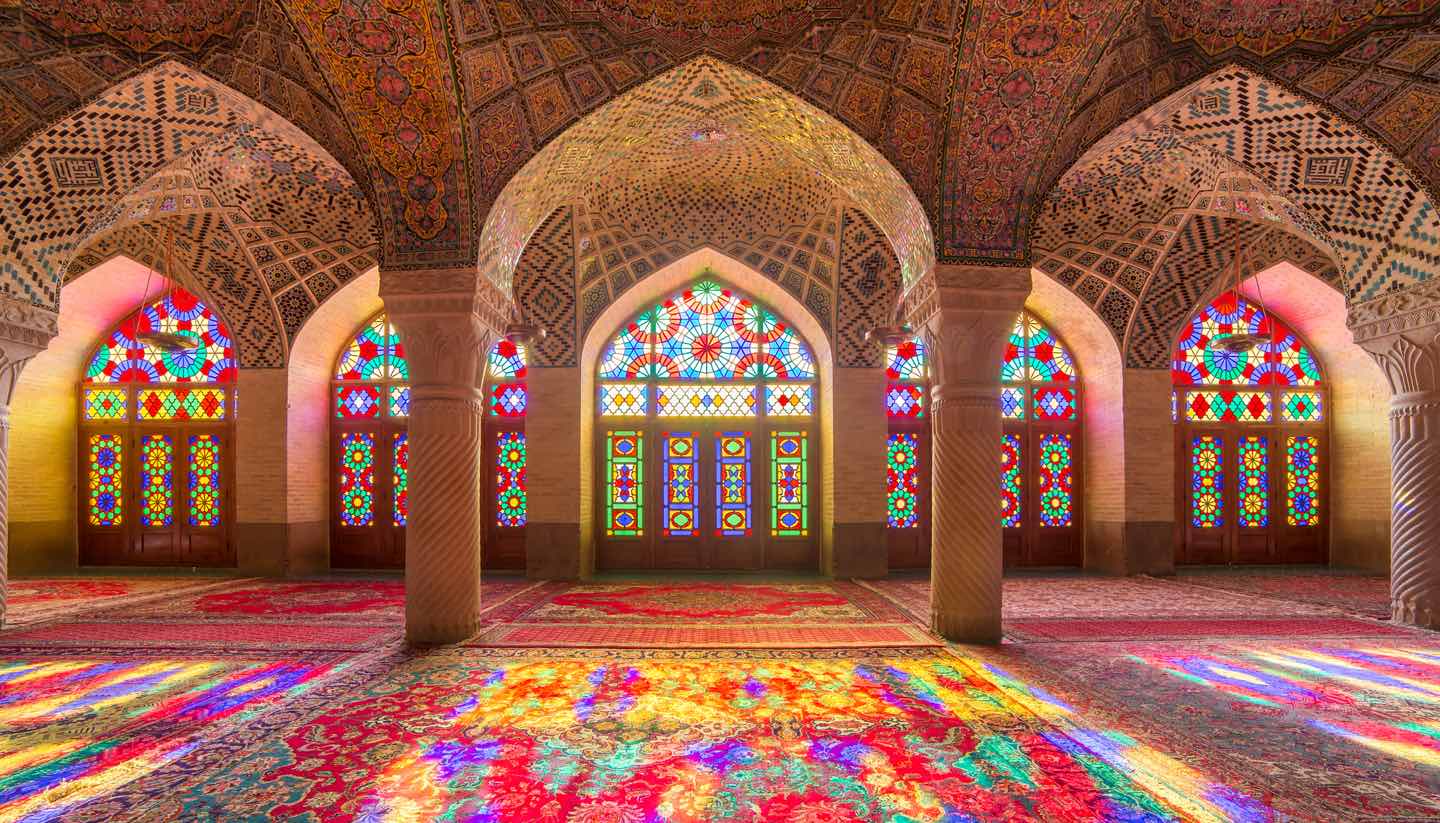Iran Weather, climate and geography
Weather and climate
Best time to visit
The size of Iran means that can temperatures can vary hugely, depending on which corner of the country you find yourself in. Days can be incredibly hot between May and October, particularly in the desert regions and along the Gulf Coast, while the mountain ranges of the north become freezing over winter.
Nights can be especially cold. In general terms, major cities like Tehran, Esfahan and Tabriz have seasons broadly equivalent to those in Mediterranean Europe. Iran has a relatively low rainfall, but is prone to earthquakes. Those travellers hoping to ski will find most action between November and March, while it’s advisable for all visitors to look into timings of festivals like Ramadan before booking a trip.
In Tehran, lightweight clothing is worn from April to October while mediumweights are advised from November to March. Be reminded, however, that dress should always err on the side of conservatism, particularly for women – the wearing of headscarves is obligatory in public.
Required clothing
Tropical attire is worn from April to October. Mediumweights are advised from November to March.
Geography
Iran is located in the Middle East, bordered to the north by Turkmenistan, Azerbaijan, Armenia and the Caspian Sea, the east by Afghanistan and Pakistan, the south by the Persian Gulf and the Gulf of Oman, and the west by Iraq and Turkey. The centre and east of the country are largely barren undulating desert, punctured by qanats (irrigation canals) and green oases, but there are mountainous regions in the west along the Turkish and Iraqi borders and in the north where the Elburz Mountains rise steeply from a fertile belt around the Caspian Sea.


